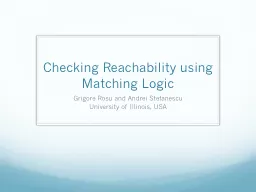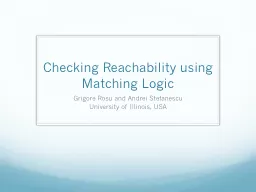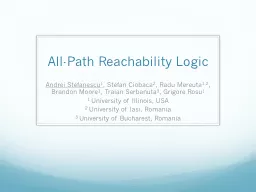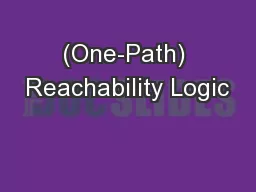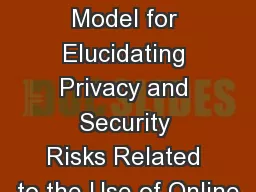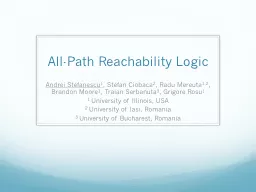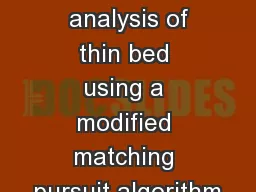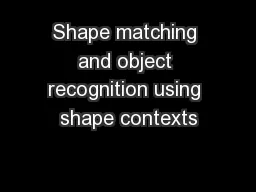PPT-Checking Reachability using Matching
Author : liane-varnes | Published Date : 2018-01-30
Logic Grigore Rosu and Andrei Stefanescu University of Illinois USA Main Goal Languageindependent program verification framework D erive program properties from
Presentation Embed Code
Download Presentation
Download Presentation The PPT/PDF document "Checking Reachability using Matching" is the property of its rightful owner. Permission is granted to download and print the materials on this website for personal, non-commercial use only, and to display it on your personal computer provided you do not modify the materials and that you retain all copyright notices contained in the materials. By downloading content from our website, you accept the terms of this agreement.
Checking Reachability using Matching: Transcript
Download Rules Of Document
"Checking Reachability using Matching"The content belongs to its owner. You may download and print it for personal use, without modification, and keep all copyright notices. By downloading, you agree to these terms.
Related Documents

